Physical Address
304 North Cardinal St.
Dorchester Center, MA 02124
Physical Address
304 North Cardinal St.
Dorchester Center, MA 02124
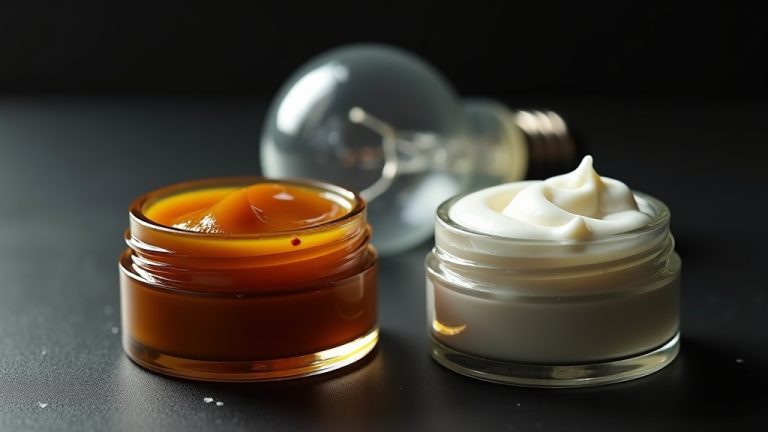
Knowing the difference between bulb grease and dielectric grease can save your vehicle—discover why these similar greases aren’t actually the same.
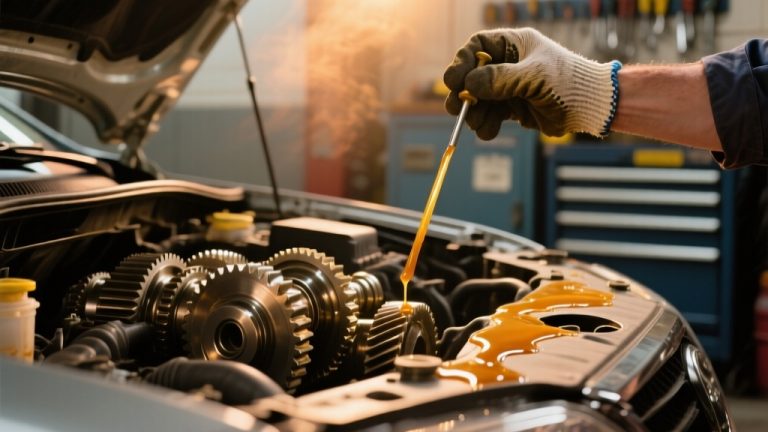
Get insights into how hot transmission fluid can get under different driving conditions and why managing this heat is crucial for your vehicle’s health.
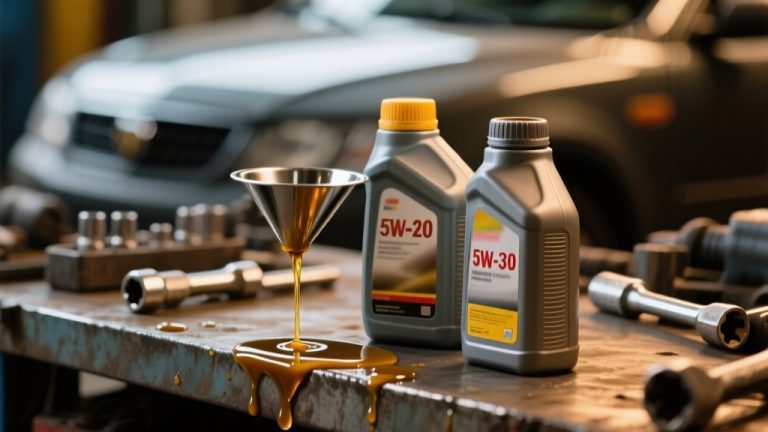
Blending 5W-20 and 5W-30 oils might seem harmless, but understanding the effects on engine performance is crucial before you decide to mix.
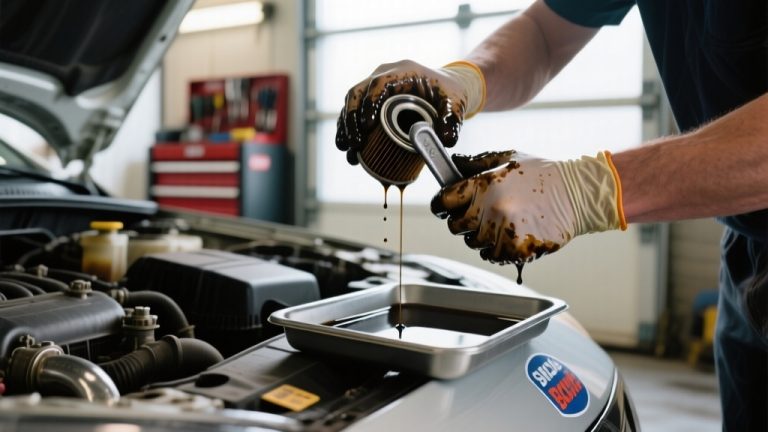
Changing your own oil can be safe for your warranty—if done correctly and documented—but what crucial steps must you follow to avoid issues?
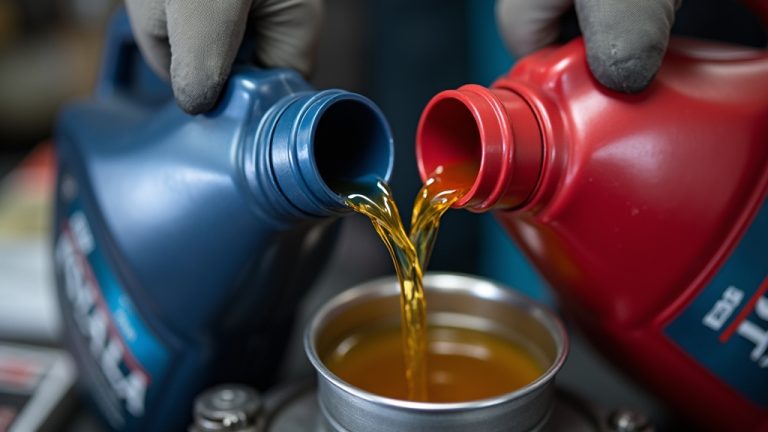
Are you wondering if mixing 0W20 and 5W30 oils is safe for your engine? Discover the potential risks and when it might be acceptable.
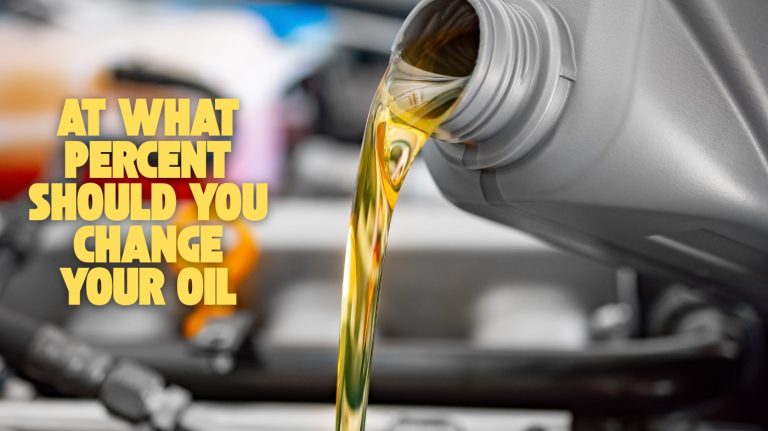
At what percent should you change your oil to keep your engine running smoothly? Discover the ideal threshold for optimal performance.
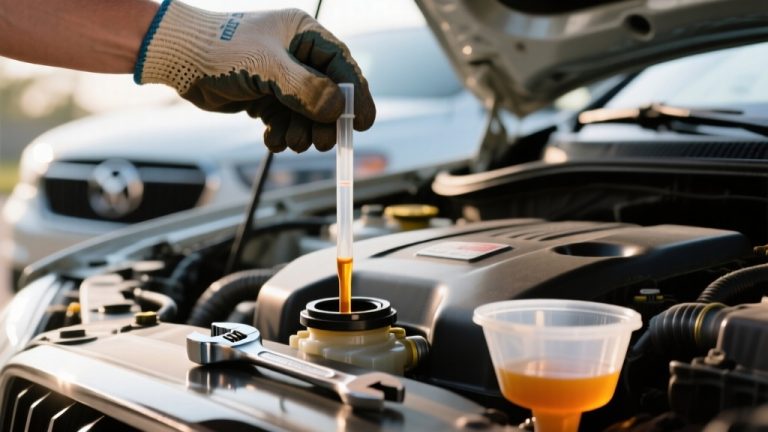
A typical car holds between 1 to 2 quarts of power steering fluid, but factors like vehicle type and system design can change the amount significantly.
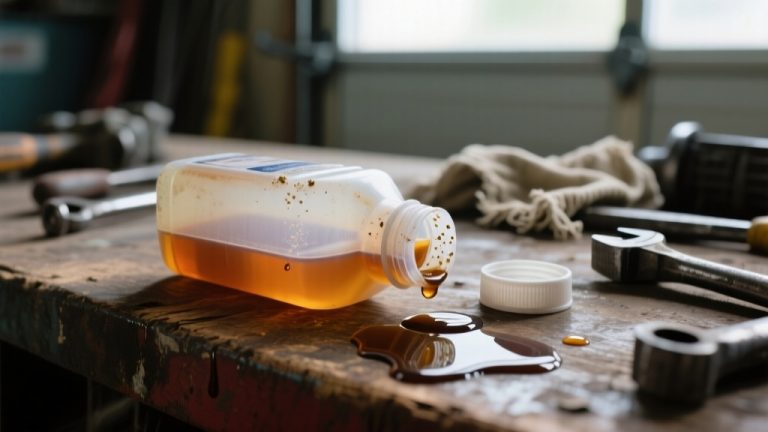
Have you ever wondered if 2-cycle oil loses its effectiveness over time? Discover how storage and exposure impact its lifespan and performance.
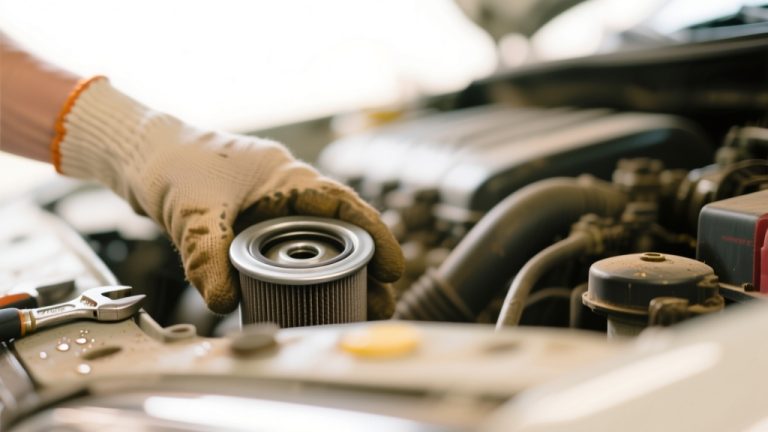
Maintenance of your fuel filter varies widely—mileage, fuel quality, and engine type all matter. Discover how often you should change yours for optimal performance.
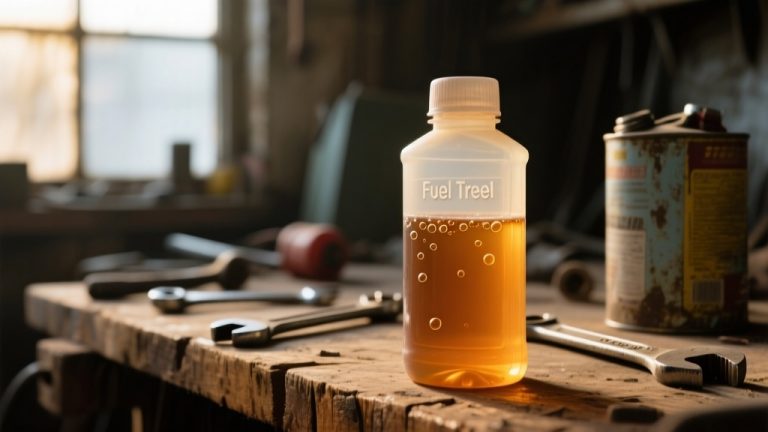
The truth about Lucas Fuel Treatment’s shelf life might surprise you—learn how to spot expiration signs and protect your engine’s performance today.